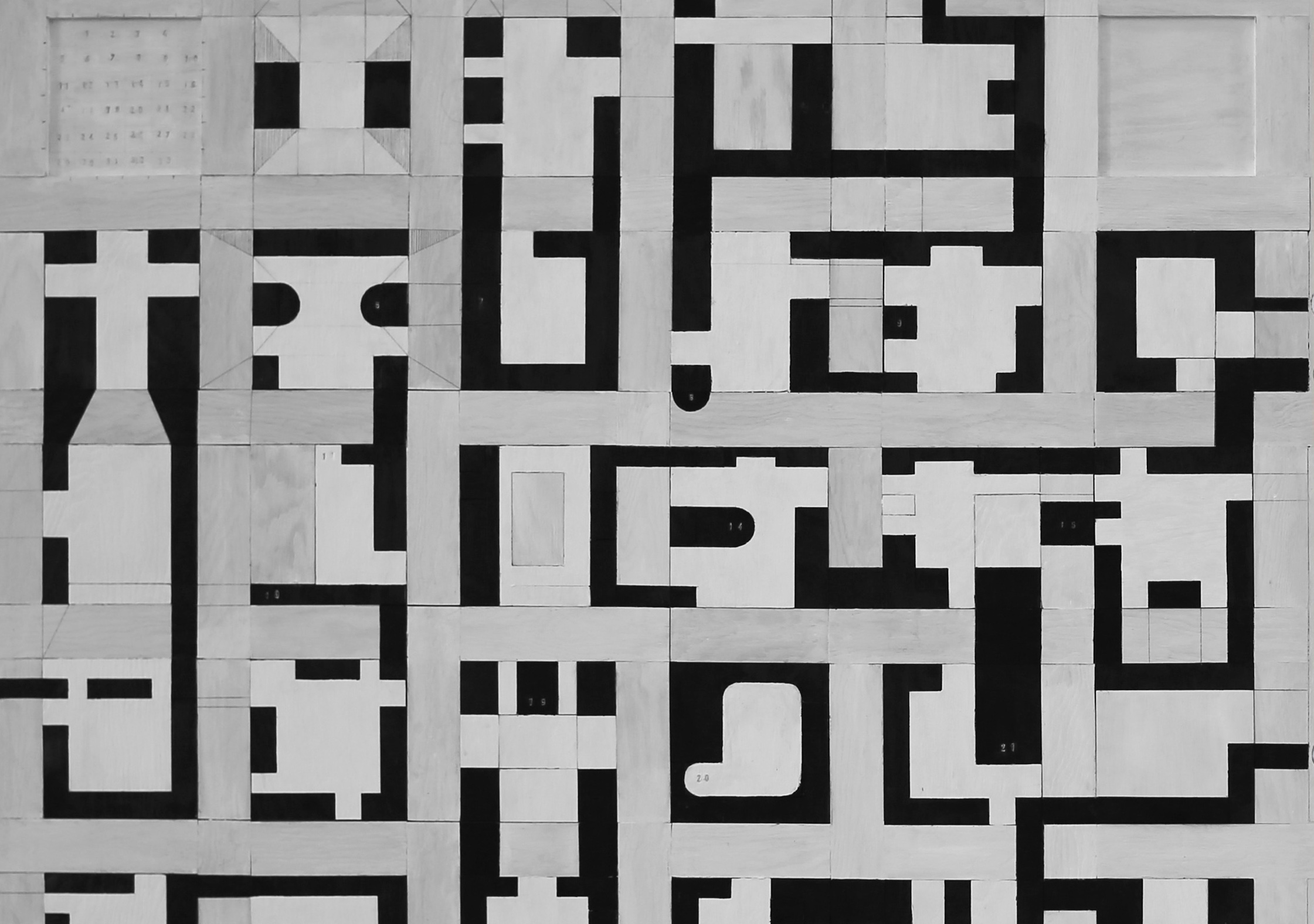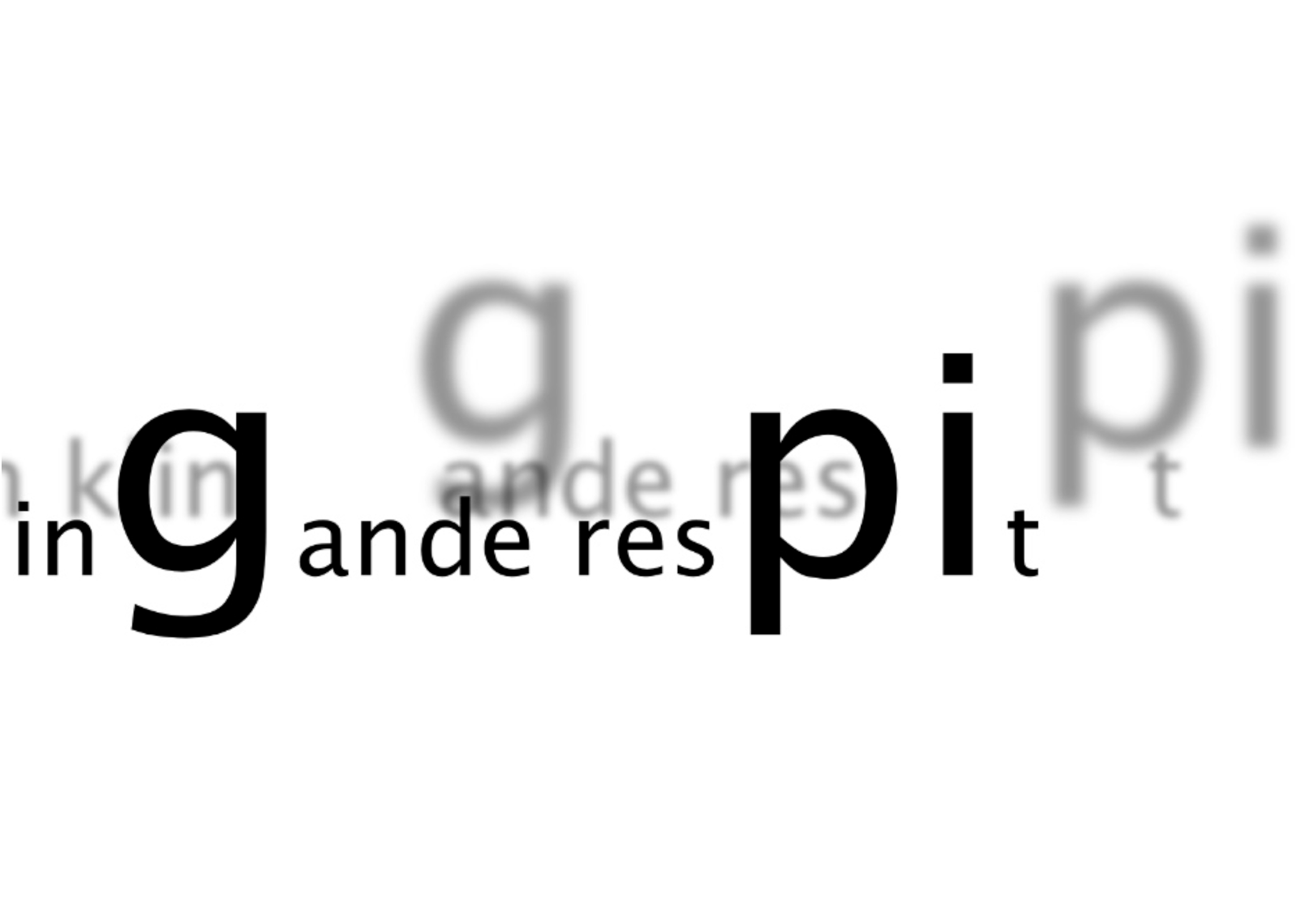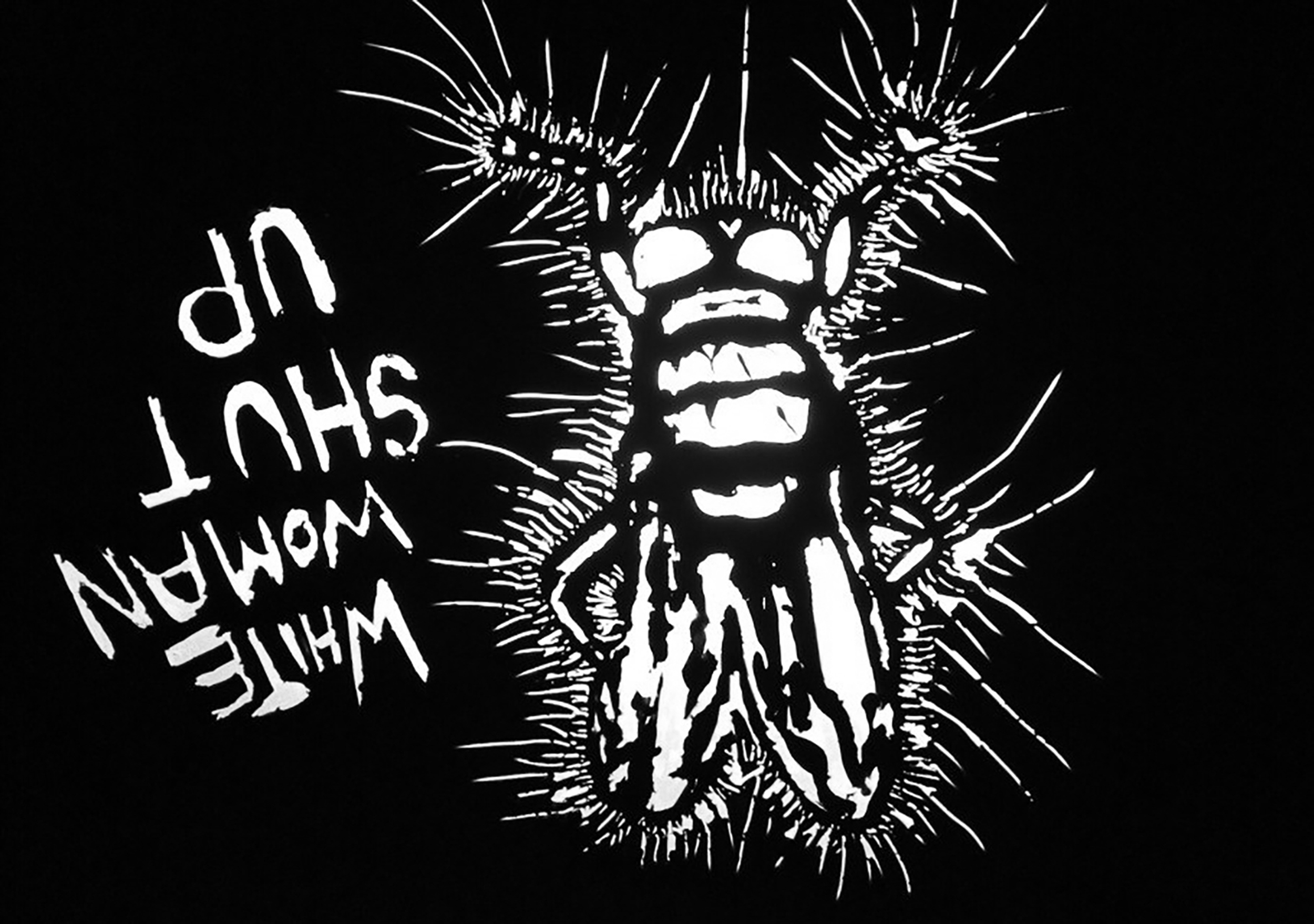Arkitektur er en tidsbasert kunstform som trer frem i ulike tidsspenn; en bygning avdekkes ved å tale til sansene ettersom vi beveger oss gjennom rom aksentuert av lysets forandring og materialers taktilitet. Samtidig og bortenfor umiddelbar sansing, bruk og interaksjon pågår vedvarende forfallsprosesser som stiller til skue materialenes egenskaper. På tross av at denne kompleksiteten hensyntas og avspeiles i arkitekturfagenes etablerte designprosedyrer, er kunstnerisk forskning i arkitektur mindre utbredt. Dette skyldes delvis at arkitekturen står i et dialektisk spenn mellom status som kunstart og sine funksjonelle forutsetninger. Christine Petersen fokuserer på nettopp den påståtte grensen mellom kunst og arkitektur: gjennom å viske ut skillelinjene mellom dem og i stedet veve sammen undersøker hun arkitektur som situert mellom kunstnerisk og performativ essens. Den arkitektoniske materialitetens mange tidsspenn vekker en minneforståelse i flere lag. Christine Petersen undersøker huset hun bor i del for del, hun dissekerer dets identitet, avdekker spor av dets historie, og skriver så sporene inn i en ny sammenheng som del av et samtidskunstverk, som en sammensmeltning av arkitektur og visuell kunst. Bidraget hennes åpner en mangefasettert lesning og prosessuell forståelse av arkitektur som kontinuerlig minnematerialisering.
Serge von Arx, Redaktionskommittén
Biografi
Christine Petersen är en praktiserande arkitekt utbildad vid Arkitektur- och designhögskolan i Oslo. Parallellt med sin egen praktik har hon undervisat på AHO sedan 2007 som Førsteamanuensis med ansvar för att utveckla grundutbildningen på skolan och med handledning av examensarbeten. I sitt arbete betonar hon att utforska ämnets möjligheter, verktyg och förutsättningar.
Sammanfattning av expositionen: Prosjektet har utgangspunkt i et reelt sted, et hus i Oslo. Jeg er interessert i hvordan vår hukommelse knytter seg til steder og hus og i å utvide forståelsen for hva et hus og et sted er, sett i sammenheng med dets egen kulturbakgrunn, tid og historie – og i de opplevelser og erfaringer som er knyttet til det. I betydningen av hvordan rommene er organisert i forhold til hverandre og hva som skjer med rommet om det fristilles fra sammenhengen det står i. Sjelden har man opplevelsen av et isolert rom som ikke står i forhold til noe annet, løsrevet fra sted, tid eller fra en romlig sammenheng. Det nøytrale rom eksisterer ikke. En viktig opplevelse av arkitekturen er opplevelsen av å gå fra et rom til et annet. Hvordan rommene er organisert i forhold til hverandre påvirker opplevelsen av hvordan det er å være i huset. Med utgangspunktet – at arkitekturen begynner med det enkelte rom – har jeg undersøkt hva som skal til for at noe kan kalles et rom, og hvor stort det må være. Alle mennesker har et forhold til rom. Om det er private rom; som soverom, kjøkken, spiserom eller offentlige steder som kafeen, biblioteket, og jernbanestasjonen. Arbeidet består av seks fysiske fremstillinger, og av boka og arkivet ”33 fortellinger”.




